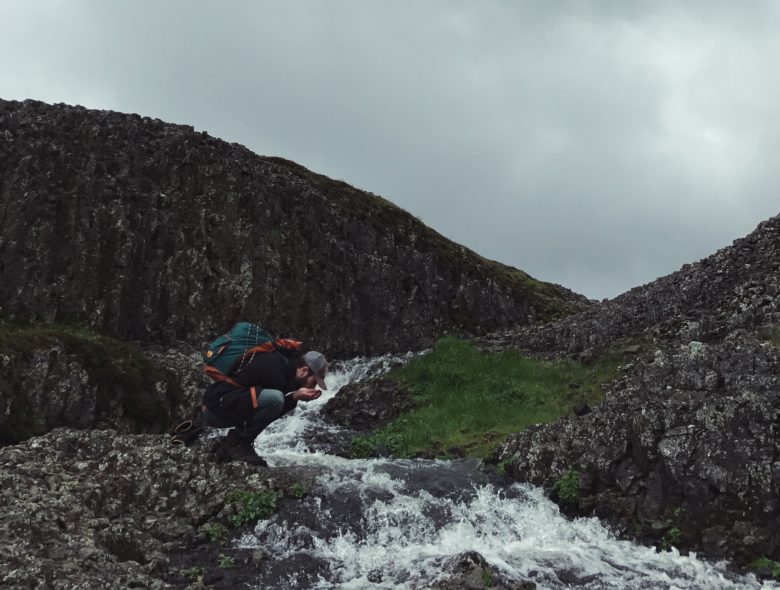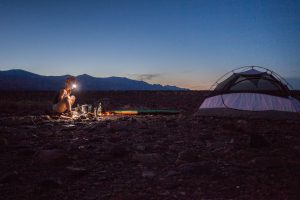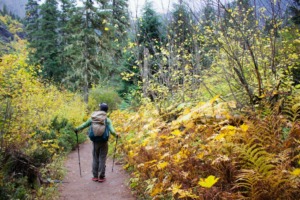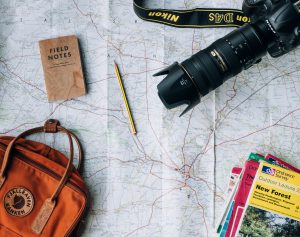There are undoubtedly many of you out there that have an internal longing to spend more than a day in the wilderness. But learning how to get clean water in the wild is essential to making this longing become a reality.
You’ve probably seen pictures of incredible backcountry lakes, views from prolific mountain peaks, and campsites tucked in amongst the healthiest groves of pines. But how do you get there? And how do you secure the essentials once you’re there?
This post will answer that question for what might be the most important element of survival: How to Get Clean Water in the Wild.
Article Overview
How to Get Clean Water in the Wild: Option #1
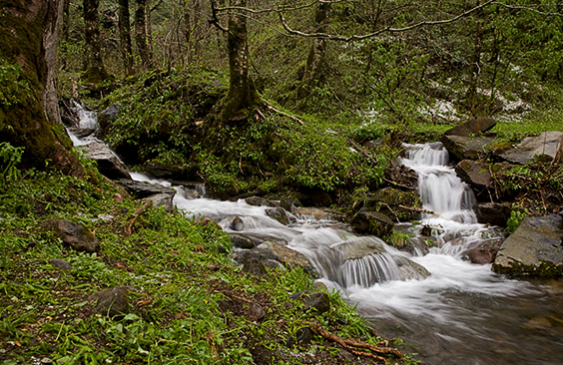
The first and arguably most abundant source of water you can pull from for drinking and cooking purposes is going to be mountain streams. If you’re in the mountains, you’re likely to come across at least one (if not many more) on a daily basis.
Of course, some of these streams will be seasonal depending on the previous winter’s snowfall and the heat of the summer. To be clear, a stream that has plenty of water in the spring will almost definitely not look the same when you return in the late summer or fall. So keep that in mind.
Most alpine mountain streams are a very safe source of drinking water in the wild. That said, grazing animals nearby and regular human activity means that you should still use a filtration system when pulling water from mountain streams for either drinking or cooking purposes.
If you intend to boil the water for at least 3 to 5 minutes before using it to cook, you can probably get away without filtering it first, but when it comes to things like giardia, you can never really be too careful.
How to Get Clean Water in the Wild: Option #2
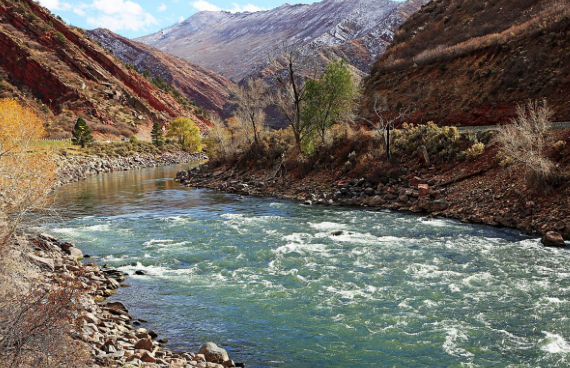
Larger rivers are also a great source to pull from for drinking water, although they can tend to carry a bit more runoff and debris from surrounding areas.
When considering whether to pull water from a larger river, think about what’s upstream from the areas you’ll be traveling through. This is all part of the trip planning process. You should always know where you’re going to be able to get water during a backpacking trip before you go, rather than making it up once you’re out there.
In general, faster flowing rivers will offer a cleaner drinking water source than a slower, meandering river, but understanding the sediment surrounding the river can also be an important factor.
If you’re backpacking in the Sierras, for example, you can be confident that a vast percentage of the rock and soil around you is granite, which is very dense and settles down in water very quickly. This is why so many lakes in the Sierras are crystal clear.
Sandstone, clay, and limestone, on the other hand, are much less dense and tend to stay suspended in water much longer than denser sedimentary rocks.
These not only cause water flowing through these types of soils to look dirtier, but can also be a reason to give you pause in choosing them as a drinking water source. As with smaller streams, it is always recommended to filter water out of a larger river before drinking.
How to Get Clean Water in the Wild: Option #3
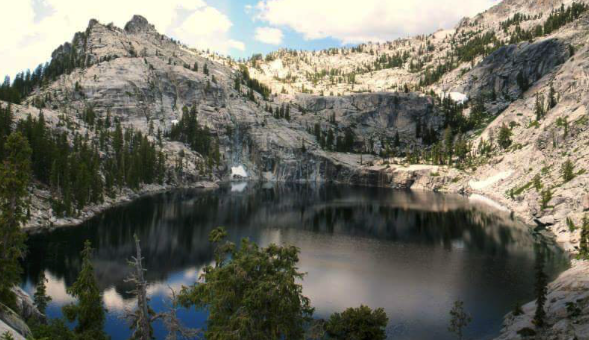
Alpine lakes and ponds can also be a viable drinking water source in the mountains. Of course, the more stagnant the pond looks, the less desirable it is as a water source. Stagnant ponds will not only look more opaque than healthy ponds, but they also tend to have more algae growing in and around them. These types of ponds, in general, should be avoided.
That being said, the most recent Sierra water quality study actually suggested that the first 12 inches of lake water are a safer water source than the flowing waters of rivers and streams.
One particular study conducted by UC Davis suggested that “the ultraviolet rays of sunlight [may] work better at killing off bacteria in calm waters of a lake than in the tumbling flows of a stream.”
The study also concluded that “bacteria readings appear higher at the beginning of spring runoff rather than later in the summer when water levels are lower and water quality is thought to be poorer.”
Some interesting food for thought there but, although the study found “that more than half of our water sampling sites had no water quality problems whatsoever,” it’s still always recommended to filter water out of a mountain lake before drinking.
Alternatives for How to Get Clean Water in the Wild
So you’re thinking about those inopportune times when a lake, stream, or river isn’t handily available? No fear, you just need to work a little harder.
Now, before I dive into some other options, I want to be clear that I’m not recommending leaving home with a single water bottle for a multi-day trip because you just read something that told you how to find water under rocks in recently dried-up stream beds.
The best way to plan and ensure a safe, fun backpacking trip in hotter, drier climates is simply to pack extra water. Sure it means extra weight, but water is the resource that you’re going to want in the wilderness. So, that said, here are some alternative ways to get water in the wild:
Collect Rainwater
A well-situated tarp draining into a bucket or catchment container will do quite nicely in wetter climates.
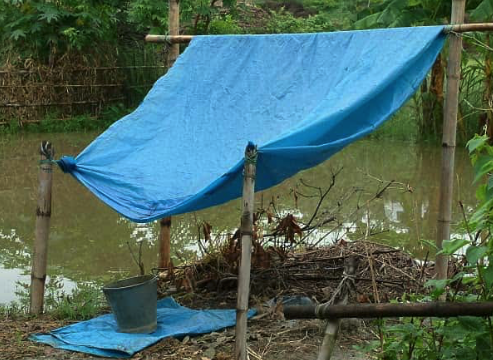
Absorb Morning Dew
Even in drier climates, this technique can work. Get up before dawn and wrap your ankles in some type of absorbent cloth. Then, head out for a pre-dawn stroll in the closest meadow.
When you return, wring out the water into a container and repeat. Just make sure that the meadows you’re walking through don’t host to any poisonous plants!
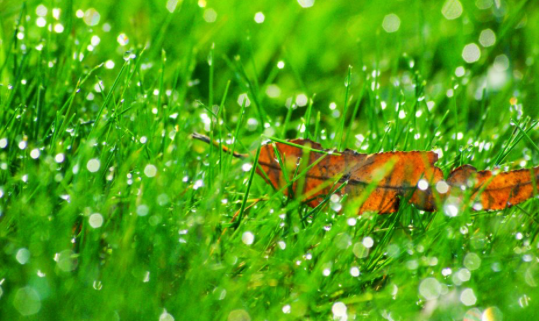
Forage For Fruits And Veggies
This is one of the best methods for tropical environments where fruits are abundant. You can collect them and squash them down into a pulp to drink using a rock or other hard object. It might not yield much, but it can be better than nothing in a pinch. Again, just make sure you know the type of fruits and veggies you’re collecting.
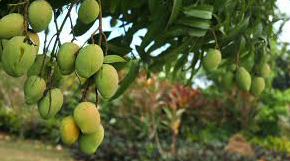
Utilize Plant Transpiration
Transpiration is “the process by which moisture is carried from a plant’s roots to the underside of its leaves.” Early in the morning, fashion a piece of your gear into a large, bag-like shape and tie it around a leafy tree branch or shrub with plenty of foliage (dead branches won’t work!).
Put something in the bottom of your “bag” to weight it down and give the water a place to collect. At the end of the day, you’ll be able to poke a small hole in the bag and collect the water that has accumulated. Again, beware of poisonous plants!
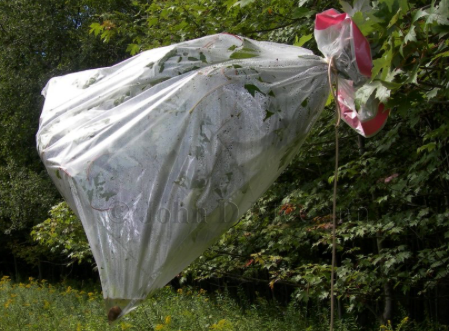
Dig An Underground Still
This can be a complex and material-heavy method of getting clean water, but it can also be effective if you’re stranded for a longer period. This link has a great description of how to create an underground still.
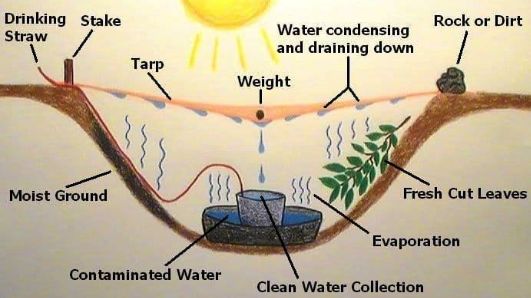
Melt Snow And Ice
If you’re out in the wintertime, it’s actually counter-productive to eat snow directly. The energy that it takes for your body to heat the snow before it becomes useful in your system isn’t worth the trouble, but melting snow and ice and then drinking it is a great way to get drinking water. That said, always purify after melting.
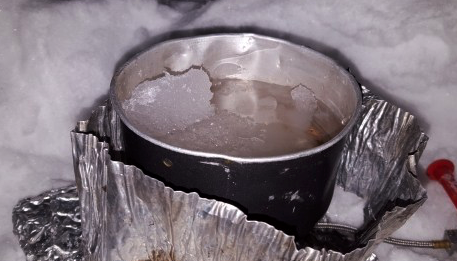
Dig A Well
In a desert environment, this may be your best (and only) option. Find a tool you can fashion to help you out and start digging. Ideally, pinpoint an area to dig that show signs of dampness or that is supporting green vegetation.
You might have to dig down several feet, but eventually, you’ll get water seeping in. It’ll be a water source, although not the best, and should be filtered before drinking.
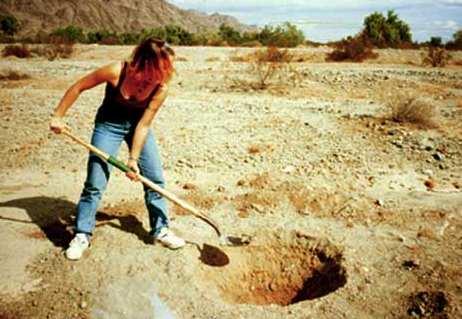
Do You Know How to Get Clean Water in the Wild in Other Ways?
As The Backpack Guide, I’m always looking for new trails and wildernesses to explore and I’m also interested in the experiences of others in the wild.
Now that you’ve read this article, I’d love to know if these suggestions are new to you and, if so, what you think about putting them to practice on your next backpacking trip. If this article brought up any questions, I’d love to hear them!
Feel free to reach out to me directly (email below), or share your adventure by tagging @thebackpackguide on Instagram!
I hope you’ve enjoyed this post on How to Get Clean Water in the Wild and I’d love to hear your feedback in the comments section below. I’ll be quick to reply to any questions, comments, or concerns you feel like sharing!
“Life in us is like the water in a river.”
– Henry David Thoreau
The Backpack Guide
